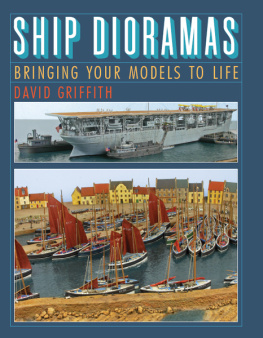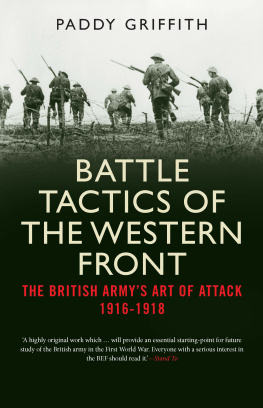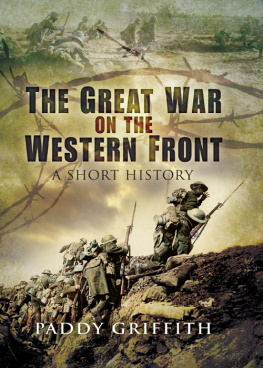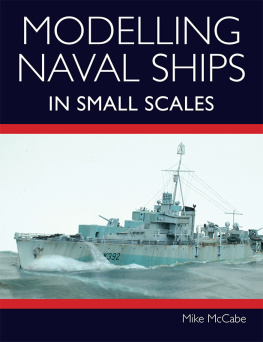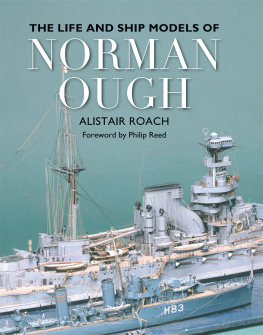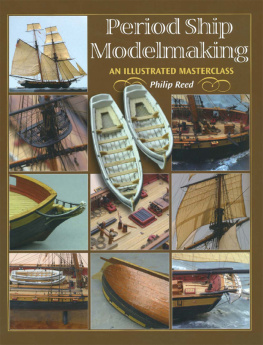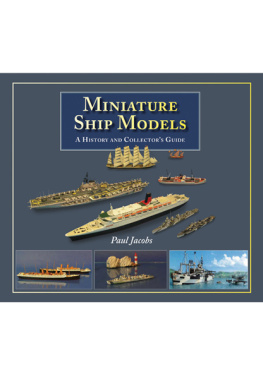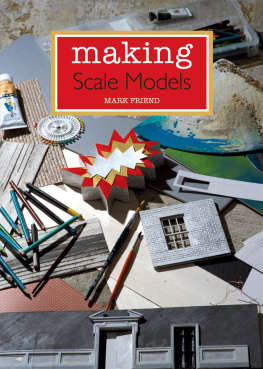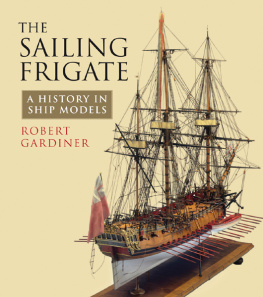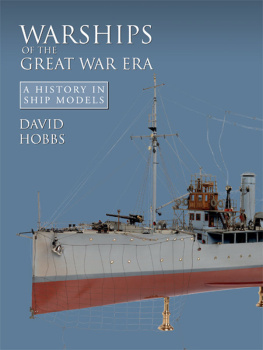
Copyright David Griffith 2013
First published in Great Britain in 2013 by
Seaforth Publishing
An imprint of Pen & Sword Books Ltd
47 Church Street, Barnsley
S Yorkshire S70 2AS
www.seaforthpublishing.com
Email
British Library Cataloguing in Publication Data
A CIP data record for this book is available from the British Library
HARDBACK ISBN: 978-1-84832-168-7
PDF ISBN: 978-1-47383-618-1
EPUB ISBN: 978-1-47383-442-2
PRC ISBN: 978-1-47383-530-6
All rights reserved. No part of this publication may be reproduced or transmitted in any
form or by any means, electronic or mechanical, including photocopying, recording, or
any information storage and retrieval system, without prior permission in writing of both
the copyright owner and the above publisher.
The right of David Griffith to be identified as the author of this work has been asserted in
accordance with the Copyright, Designs and Patents Act 1988
Typeset and designed by Neil Sayer
Printed and bound in China
CONTENTS
INTRODUCTION
T his book had its origins in my previous book, Ship Models from Kits Basic and Advanced Techniques for Small Scales published in 2009. At the time it came out I thought that I did not have another book in me, and that I was more of a J D Salinger, rather than a Clive Cussler. But the publishers, Seaforth, were pleased with the book and I wondered if there might be another lurking somewhere. This little volume is the result.
I am taking as my subject, the art of the ship diorama. These form a specific subgenre within ship modelling in general, and many people may be somewhat intimidated by the idea. I know that I am not the greatest diorama-maker in history, but I think I understand what makes a good one, and why others are not so good. I hope that I can take some of the mystique out of the subject, and encourage you to give it a go if you have not already done so.
So, let me now say what this book is not about. It is not primarily about how to make model ships. If you are looking for a good how to book on this subject, do not buy this one. I would suggest instead that you get my previous book, which will give you precisely what you want. You may well have bought it already. In that case I will say to you, Thank you very much, and treat yourself to this one as well, anyway! If you have not already bought it, then go on, be a devil, buy both of them! After all, its no more than 364 days till your next birthday, and it may even be Christmas before then, too!
There is perhaps rather more emphasis in this book on ideas and inspiration. I am talking rather more about what you are trying to do, why you might do it in a particular way, and maybe even whether it is appropriate to do it at all. Nevertheless, you will still find plenty of places where I tell you how to go about it.
My previous book received a bit of justified criticism for the rather confusing layout of the text and pictures. I take full responsibility for this, and believe that it was due to my inexperience in writing and lack of knowledge of the publishing process. It was certainly not the fault of the publishers or their layout artist, who took at least three attempts to make something printable from the text and photos that I sent in.
Some readers were also a bit disappointed that I dealt almost exclusively with 1/700 scale models. I make no apology for this, as it is the scale in which I am most at home working. In Europe 1/700 is a more popular scale than 1/350 or larger, which are more favoured in the USA. Im afraid that this book will be even more slanted towards 1/700, as the smaller scale is much more practical for dioramas, and there are currently far more accessories in this scale available on the market. Large scale dioramas have the potential for taking up an enormous amount of storage space and are difficult to display.
As well as dioramas that I have made, and which I shall take you through the process of planning and building, I am also going to showcase the work of other modellers that I admire. Sometimes this will be because they are excellent or inspiring examples of the art; others will illustrate a particular point that I wish to make. The work of some of these people is far better than anything I can do myself. I should like to thank all of them for sending me photographs, and letting me share them with you. The modellers that I feature, starting at the west and working east, are: Mike McCabe, Jim Baumann, Don McKeand, Peter Fulgoney, Bruno Gire, Jean Mahieux, Werner De Keersmaecker, the model makers on the island of Texel, Guido Hopp, Christian Bruer, Torben Keitel, Frank Spahr, Gyrgy Pk and Katarzyna Manikowska.
I should also like to express my gratitude to Ellen, my wife, who has been patient and encouraging in equal measure, and put up with being ignored for many weekends and evenings.
This book has been a long time in its gestation. That is because I built eight dioramas specifically for the book. Compare that with the two ships that I built for the previous one, and take into account being side-tracked by wanting to paint some metal figures at times, and it is not surprising that it has taken so long. My wife did not think it would ever happen.
But it has.
David Griffith
Glasgow, March 2013
CHAPTER 1
MODELS IN CONTEXT
A s I said in the Introduction, this book is not about how to build kits of model ships. This book is much more about taking those model ships, and putting them into context. By this I mean such ideas as: setting them in a realistic environment, be that sea, harbour or dockside, showing the relationships between different ships or boats, illustrating the various activities that may happen on or around ships, telling a story or suggesting an emotion.
Im sure all model makers put their work into a form of context all the time. If you think about it, every time a child picks up a toy aeroplane and runs with it, making buzzing noises, he is putting it into context. It is the same thing when he pushes a little tank along the carpet, saying, Pow, pow, pow! and flicking the Airfix soldiers over. We do the same thing as adults. Admit it, how many times have you picked up a model ship and held it in front of your face, moving it in a sort of corkscrew fashion, as though it is pushing through a heavy ocean swell? I do it all the time, and you do too, dont you? That feels better already, doesnt it? Recognising your inner child. End of psychology lesson!
Before I go any further, I should like to try and explain what I am meaning in this book when I talk about dioramas, because I am thinking in rather broader and less distinct terms than the people who define competition classes. These need precise and careful definitions so that similar models are judged against one another. The rules may include such matters as: comprising more that one model, being on other than a plain base, inclusion of figures that are not on the model itself, telling a story or illustrating a theme. I really could not care less about these rulebook classifications.
For me it is all about doing something with, or to, a model to improve the sense of reality. Some of the models that I shall show you, if entered in a diorama class, might find themselves moved because a judge said, Thats not a diorama, its only a single ship. And, do you know what? I really couldnt be bothered, one way or tother; I build models to satisfy myself, not the judges. It is the achievement of an apparent reality that is important to me.
On the other hand, I used to have good natured arguments with a friend of mine who ran the competitions at the Scottish IPMS Nationals. I would place my models in the category for single ships, only to find them moved into that for ship dioramas. When pressed, Geoff would say, Its got crew figures on it. That makes it a diorama.
Next page
